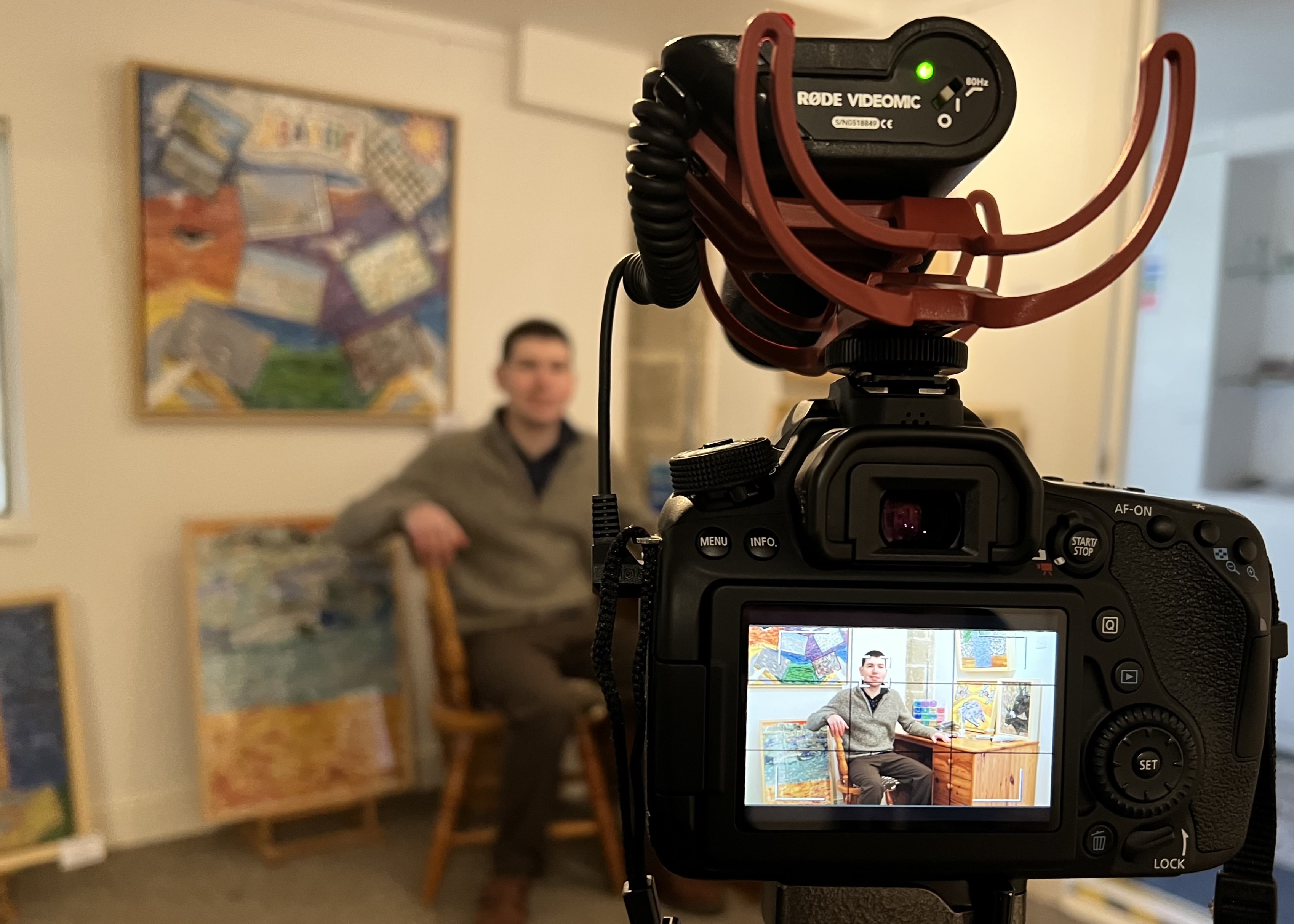
Video content continues to hold attention across platforms, driving interest and improving results for businesses of every size. Yet smaller marketing teams often hesitate to use it due to limited time, budget, or expertise.
Success doesn’t require complex production setups or a full-time media team. What matters is how the campaign is managed, who it reaches, and how it’s optimised. With the right tools and thinking, smaller teams can make video work without overstretching resources.
The Challenge of Video Marketing with a Lean Team
Smaller teams usually have to handle a wide range of marketing tasks, leaving little time for detailed video planning. Producing content, choosing platforms, setting up targeting, and measuring performance can be overwhelming when resources are thin.
Time is often a greater barrier than cost. Many businesses have access to affordable video tools, but cannot manage campaigns properly. There’s also pressure to meet audience expectations on platforms like YouTube, where viewers expect relevance and quality.
Better Control with Simplified Tools
Campaign control used to mean large teams managing every stage manually. That’s changed. Tools now make it easier to set up, manage, and adjust video ads with less effort. Smaller teams can benefit from platforms that support structured video campaign management. These tools handle content placement, targeting, reporting, and audience refinement efficiently.
With a clearer view of performance, there’s less guesswork and better use of every pound spent. Solutions such as those from Channel Factory give smaller teams the confidence to manage video ads more effectively. Instead of broad demographic targeting, they can apply more detailed filters that improve relevance and engagement.
Smarter Budget Use and Better Results
Planning video campaigns with clear goals and tighter targeting leads to more consistent outcomes. Focused strategies tend to outpace wide-reaching ones that try to appeal to everyone.
Smaller teams benefit from setting a simple structure: define the audience, select the content, apply brand safety filters, and track the data. The key is to start with a realistic budget, then focus on where that spend will deliver the most return.
Regular performance checks allow for course corrections. Adjusting placements or creative elements based on what works avoids wasted effort. Using platforms supporting campaign reporting also makes presenting results to leadership or clients easier.
Good planning doesn’t mean overcomplicating. It means knowing what success looks like, aiming for it, and using tools that simplify the process.
Managing Brand Safety at Any Scale
Brand safety often gets left to larger organisations, but it’s just as important for smaller ones. Content seen next to an advert influences how viewers feel about the business. That impact can’t be ignored.
Smaller teams can maintain control by using contextual targeting. Instead of targeting users solely based on who they are, campaigns can focus on where ads appear and what those pages are about. That increases relevance while reducing risk.
Tools that support brand suitability can screen content automatically, keeping ads away from inappropriate or damaging material. It’s an easy win that protects reputation without requiring constant monitoring.
Take Control of Your Campaigns
Smaller marketing teams don’t need to miss out on the benefits of video advertising. With the right approach, they can match the performance of larger organisations using fewer resources.
Video content connects with audiences. Managing it well is possible, even with limited time and budget. The tools are out there and built to help businesses do more with less.